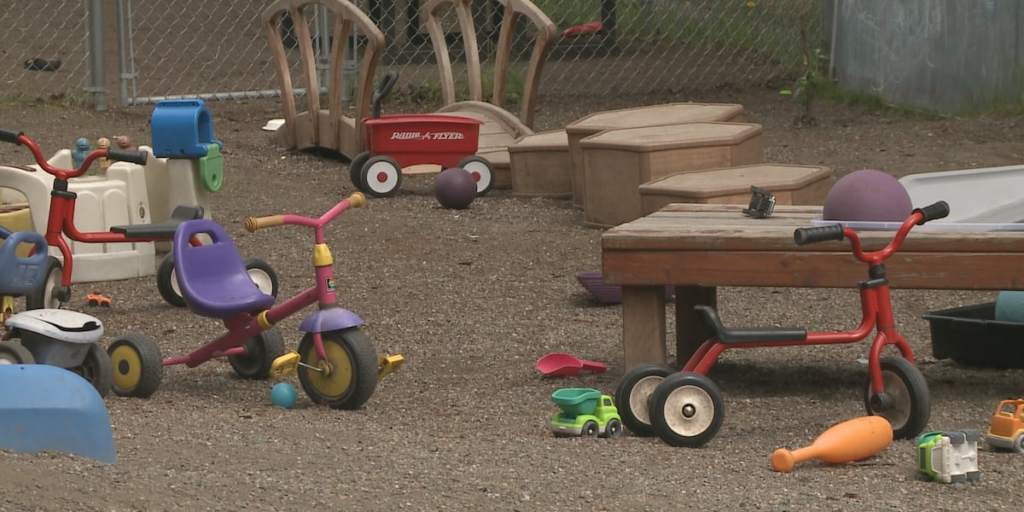ANCHORAGE, Alaska (KTUU) – A new report released by the Anchorage Child Care and Early Education (ACCEE) Fund Implementation Team this month aims to secure funds for childcare industries.
It comes after the Anchorage Assembly said the sector is in crisis.
“It really was a challenge before COVID, certainly now even more so,” West Anchorage representative Anna Brawley said.
In 2023, Anchorage voters passed a proposition allowing the city to use the roughly $4.5 million to $5 million generated from marijuana tax revenue to fund childcare and early education programs.
“It’s such a small amount of money in the grand scheme of things,” Brawley said.
In September, the team released a 14-page report outlining suggestions on how Mayor Suzanne LaFrance could implement those funds in next year’s budget.
One idea included covering the childcare cost for people working in the childcare sector — an idea, the report said, that has already shown success in Kentucky after it was implemented in 2022.
“Some communities have found success in covering the cost of childcare for those workers, so it’s easier for them to be at work and they’re not having to pay that expense,” Brawley said.
The Implementation Team (IT) recommends the Assembly and LaFrance allocate $2 million of the city’s funding for the initiative.
“The IT’s hope is that this program would pair nicely with State of Alaska assistance and that the Anchorage model would eventually, like in Kentucky, be adopted and funded statewide,” the report states.
The team is also advising the city and Assembly to use the rest of the funds towards implementing operation grants for licensed child care, early education organizations, and businesses.
Brawley said the grant funding can be used for specific needs these organizations or businesses have. The report adds that “the expectation is these grants would lead to increased wages for early educators, lower employee turnover, and ultimately increase access to child care and early education services.”
“The goal of the Implementation Team was to give some broad categories, and really give guidance on what we — the whole group — believe would be the most effective use of the fund,” Brawley said. “But not going so far as to say, again, here you should fund this one organization or this one specific project.”
The next steps, Brawley said, lie in LaFrance’s hands to see how and if she chooses to implement these funds in next year’s budget. Her draft budget proposal is due on Oct. 1. That budget will be voted on in November.
Copyright 2024 KTUU. All rights reserved.

